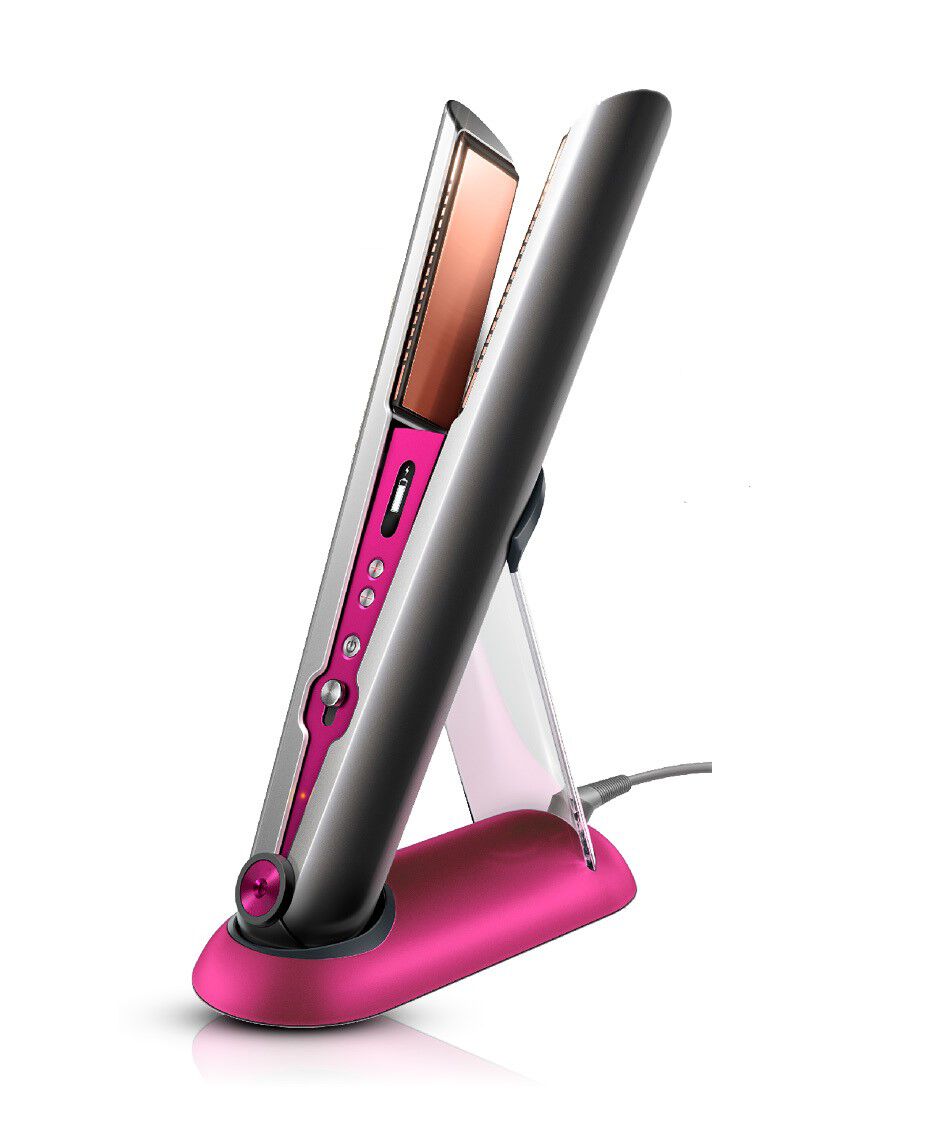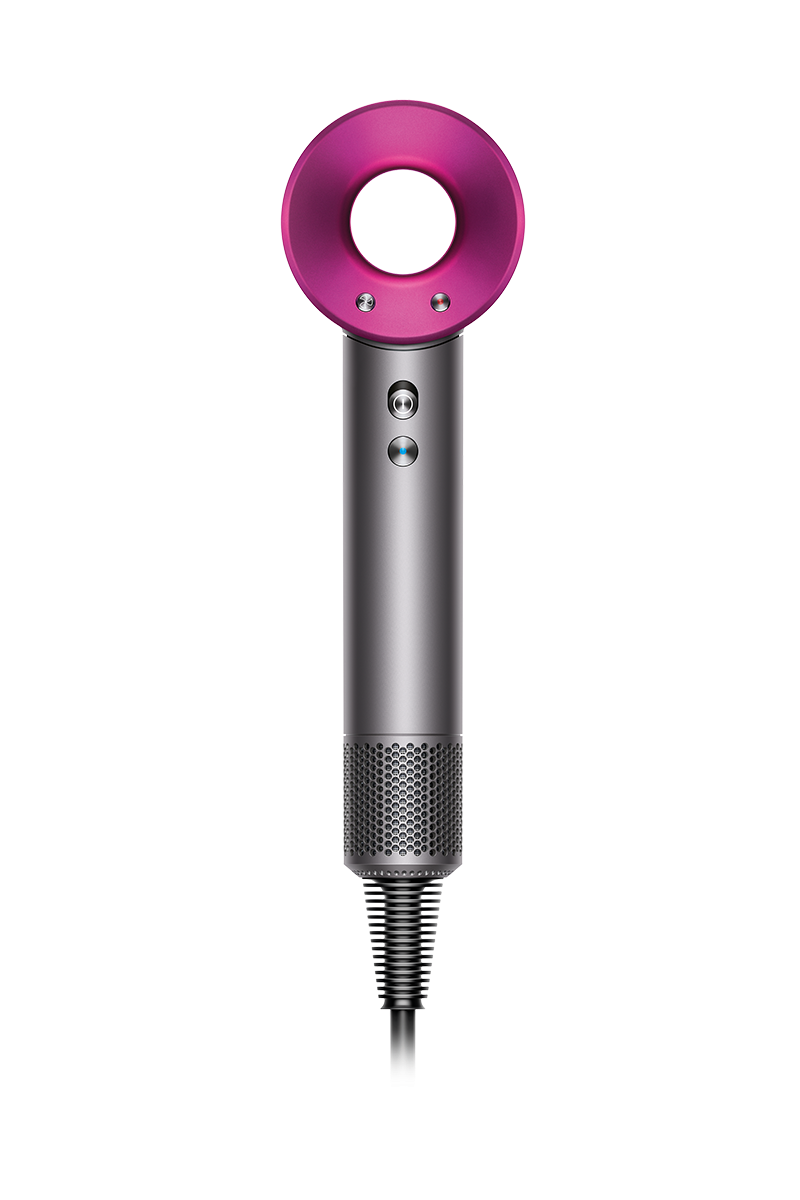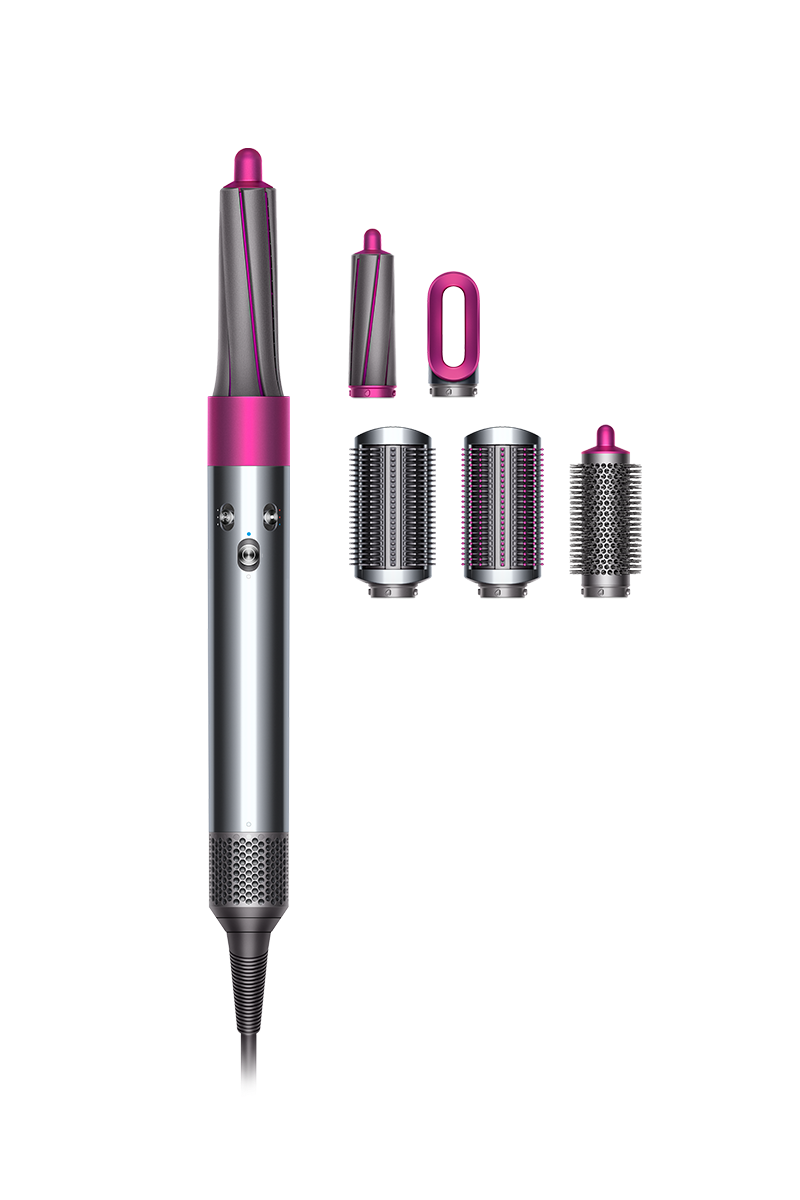How To Revive Damaged Hair If It’s Looking & Feeling Grim
We probably all owe our hair an apology. From botched teenage dye jobs to DIY lockdown haircut attempts, we've all inflicted a fair share of pain onto our strands at some point.
So, after years of experimenting, it's probably a good idea to check in and assess whether it's time to switch up your hair care routine and give it the reset it needs — but where exactly do you start?
To get some further insight, we asked Rob Smith, Dyson's Senior Principal Scientist who leads the Dyson Hair Science Research team, to explain the different kinds of hair damage and how to best treat it to repair and protect.
AdvertisementADVERTISEMENT
What are the common signs of damaged hair?
According to Smith, common signs that show the hair is becoming damaged include weakness and brittleness (increased susceptibility to breakage), extreme dryness, and the strands becoming rough.
He also cautioned that in the warmer months ahead, these signs might become more apparent as a result of activities like swimming in salt and chlorine water.
What sort of external factors contribute to damaged hair?
Smith noted that there are four main types of hair damage — mechanical, chemical, UV and thermal/heat damage. This means external factors like saltwater, chlorine, the sun and heat all damage hair differently.
Salt Water
According to Smith, saltwater can't physically change the hair. However, it can leave a layer of salt on the surface that increases strand friction and the risk of mechanical damage. This can cause the hair cuticle to be roughened or removed. Smith recommends combatting this by gently washing the salt and sand out of your hair with clean water as soon as possible after swimming.
Chlorine
Chlorine can make the hair rougher because of the way it reacts to hair cuticles. Some swimming pools also use copper algaecides to protect against algae, which can turn blonde and bleached hair slightly green.
Smith recommends washing your hair with a mild shampoo as soon as you can if you've been swimming in a pool with chlorine.
Heat Damage
Heat has a significant impact on hair. Straighteners that reach high temperatures can cause colour to fade as it changes the proteins in the hair. For example, this is what may cause dyed blonde hair to become more yellow and brassy.
AdvertisementADVERTISEMENT
In addition, the temperature can break down some of the dyes and damage the cuticle, making it easier for the dye to diffuse out during washing.
"From our extensive research, we understand that excessive heat from styling tools can cause irreversible damage. Despite many products on the market claiming to ‘repair damage’, this scientifically isn’t possible. These products simply improve the feel and appearance of the hair, yet the core damage is left unchanged," said Smith.
"The Dyson Corrale is the only hair straightener with flexing plate technology and the combination of its copper flexing plates and intelligent heat control, engineers it for less colour fade due to excessive heat."
Sun Damage
UV radiation, when absorbed in the hair, can break down its melanin in the cortex. Melanin gives the hair its colour and aims to protect you against UV damage.
To help protect and keep the intensity of your natural colour, Smith suggested applying a sunscreen formulated for hair before spending an extended period of time in the sun. Alternatively, wearing a hat can also helpfully block harmful UV radiation.
"It’s essential to prioritise UV protection in the summer months, ensuring that your scalp is protected against damage. We’re often preoccupied with caring for exposed skin and forget about the importance of maintaining scalp and hair health too," added Smith.
"Expand your daily beauty routine to accommodate this, with products like sunscreens that have been formulated specifically for hair or scalp, and minimising exposure especially when UV levels are highest."
AdvertisementADVERTISEMENT
Chemical Damage
Treatments like colouring, bleaching or perming the hair have the potential for damage because they can aggressively break the bonds in the hair’s cortex and cuticle. Although these treatments are super effective, they damage hair and leave it feeling rough. You can help keep dyed hair looking vibrant by using drying and styling devices that are engineered to prevent extreme heat.
What's the best way to treat and protect damaged hair?
Smith recommends prioritising the following steps in your hair care routine to protect hair against damage:
1. Conditioning with every wash to reduce signs of damage in future.
2. Using a wide-tooth comb works well to reduce friction and mechanical damage when your hair is wet and much weaker. He also recommends brushing downwards, starting from the ends of the hair to remove tangles.
3. Using a mild shampoo that contains ingredients like Cocamidopropyl betaine that can help reduce irritation.
"The best way to avoid compromising the health of your hair is to forgo repeated styling with extreme heat. Using extreme heat can be a significant contributor to hair damage, including weakening the hair and making it more susceptible to breakage and split ends," said Smith.
While it might seem like an overwhelming process to protect your hair from damage, it is possible. The good thing is, most of the steps required to properly protect hair are probably already part of your hair care routine (like conditioning and brushing) — it's just about investing in the right haircare tools and products and using them in a way that works for you and your hair type. After all, things like fresh ocean swims or trying out a new colour are some of the most satisfying parts of life — but missing out on them in name of strand-health would just be wrong.
AdvertisementADVERTISEMENT










